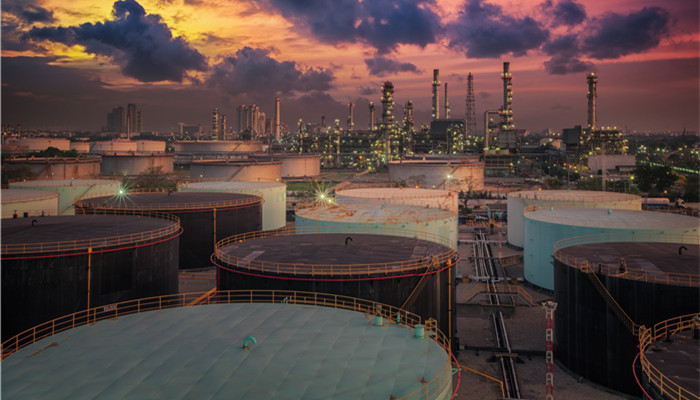
The market demand for non-electric denitration catalysts is increasing, and there are good investment opportunities for low-temperature denitration catalysts.
Non-electric denitration catalysts refer to denitration catalysts used in non-electric industries such as steel, coking, and cement. The flue gas denitration market in developing countries represented by China has attracted attention, and the installation of SCR denitration equipment has increased, which has led to an increase in the denitration catalyst market. However, compared with high-temperature denitration catalysts, the domestic low-temperature denitration catalyst industry has not yet matured. In developed countries, denitration catalyst technology is widely used, the technology is advanced, and the denitration catalyst industry is relatively mature.
From the perspective of the industrial chain, the cooperation models between the upstream, midstream and downstream of the denitration catalyst industry chain are different. The upstream and midstream are a common sales and purchase trade model, while the midstream and downstream adopt a technology-first-business cooperation approach. The main reason is that customers There are technical parameter requirements for products, and companies need to produce products according to customer technical requirements. The prices of upstream raw materials, special equipment and labor services will directly affect the operating costs of the denitration catalyst industry. Rising prices of raw materials, special equipment and labor costs will increase the operating costs of companies in the industry and may have an adverse impact on the profitability of the denitration catalyst industry. The prosperity of downstream thermal power, cement, glass, coking, steel, waste incineration and other industries will have an impact on the development of the denitration catalyst industry, and generally have a positive correlation. In addition, the denitration catalyst industry has obvious policy orientation. The improvement of public awareness of environmental protection and the tightening of national environmental protection policies will promote the development of the denitration catalyst industry.
According to the “China Non-Electric Denitrification Catalyst Industry Market In-depth Research and Development Trend Forecast Research Report 2023-2027” released by the Industrial Research Center It shows that as environmental problems become more and more prominent, the national and local governments continue to increase their efforts to comprehensively improve the atmospheric environment, comprehensively improve air pollutant emission standards, and introduce a series of policies, which have beneficially promoted the domestic non-electric denitrification industry. development of. Since 2018, the market size of China’s non-electric denitrification industry has continued to expand. In addition to the thermal power industry, non-electricity industries such as the non-metal mining products industry (such as cement, glass, ceramics, etc.), ferrous metal smelting and processing industries (such as steel, ferroalloys, etc.), and the petrochemical industry also have huge demand for denitration catalysts.
Industrial researchers believe that for several major sub-sectors of the non-electricity industry, the future development potential and feasibility of low-temperature denitration catalysts There is a large space for entry, and it has become a hot spot for companies to compete for research and development. The future market prospects are relatively promising, and it will become a new growth point for the denitration catalyst industry in the non-electricity industry. The service life and reliability of domestic non-electric denitration catalyst products still need to be improved. Non-electric denitrification catalyst manufacturers should strengthen the construction of innovation platforms and R&D teams, increase company investment in innovation, continuously extend the life of the catalyst, improve the active components of the catalyst, develop new carrier materials, adjust the reactor structure, and strengthen the reaction start-up and operation process. various protections.

 微信扫一扫打赏
微信扫一扫打赏

